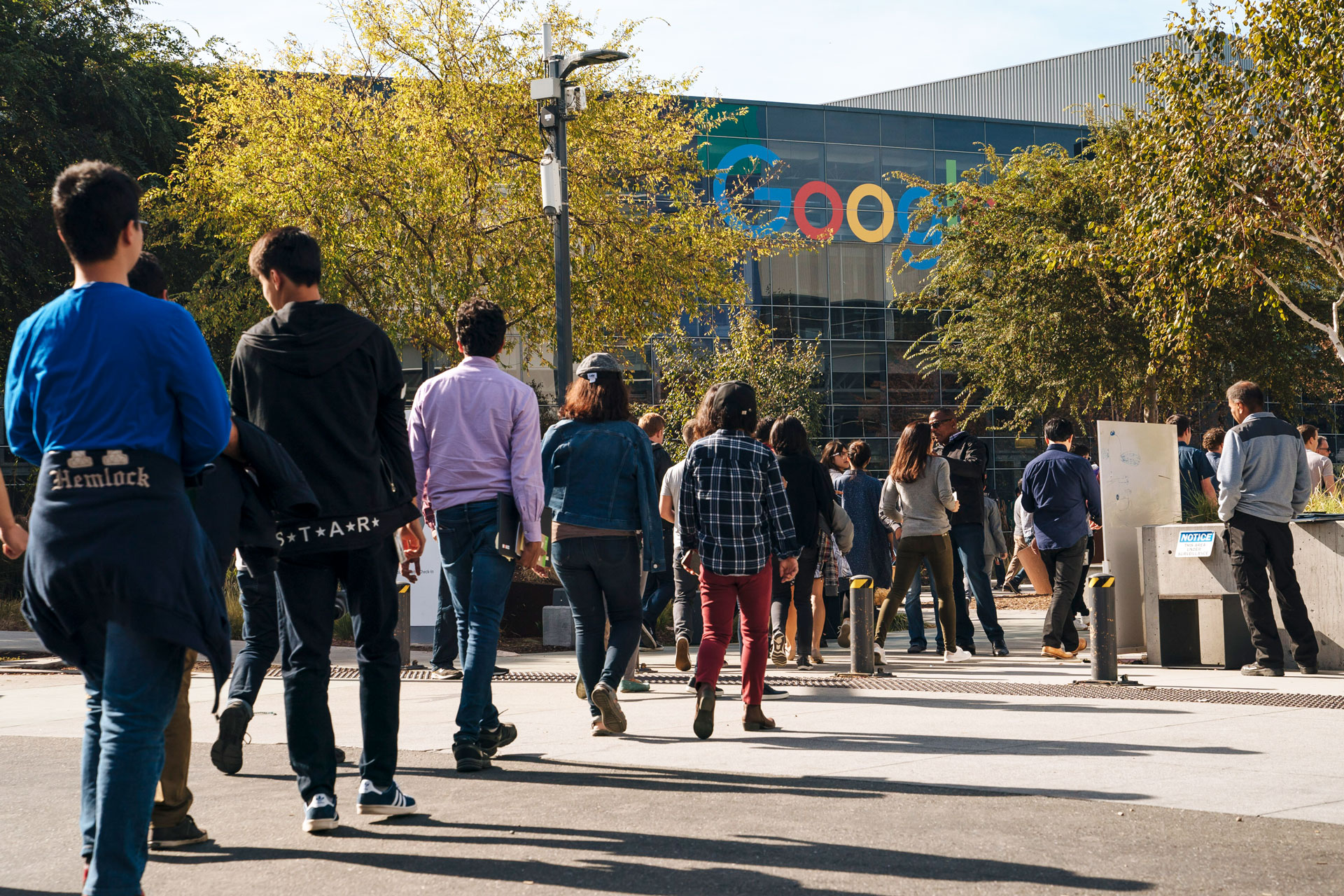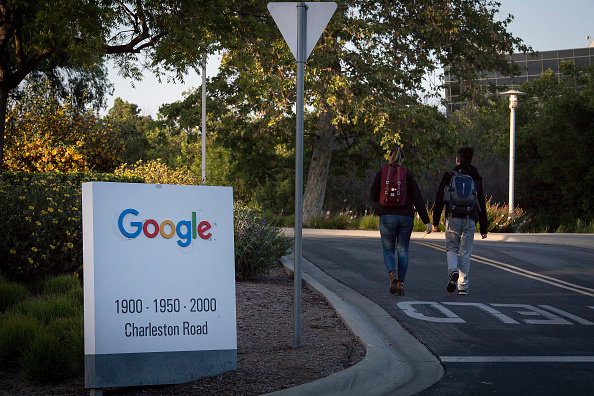Just because someone has a tech job in Silicon Valley, it doesn’t mean they are pulling in a high salary with loads of paid time off, piles of free food and private buses to shuttle them to and from work. Contract workers often don’t share in these perks, even if they’re doing white-collar jobs like developing software, analyzing data or running the servers these tech companies depend on.
“We’re right there looking through the glass at people having this sort of wondrous experience, given loads and loads of perks and benefits. But we don’t get any of it, even though we’re effectively doing the same work,” said one contract worker who did language processing at Google. Like all of the workers interviewed for this story, she asked to remain anonymous for fear of losing her job.
White-collar contractors often don’t work directly for tech companies but for third-party staffing firms. The workers typically earn less than their employee counterparts and have to pay for things like riding the shuttle — which is free for full-timers — to work. They may have limited access to the company campus, and aren’t invited to certain trips, parties and events.
“As a contractor you’re treated like you’re less than everyone else,” said a Latina who did contract work at both Salesforce and the e-cigarette company Juul.
The total number of contract workers in Silicon Valley is unknown. But experts, academics and labor advocates interviewed for this story estimated more than 100,000 white- and blue-collar contractors are working in tech, doing jobs ranging from janitorial work to programming.







